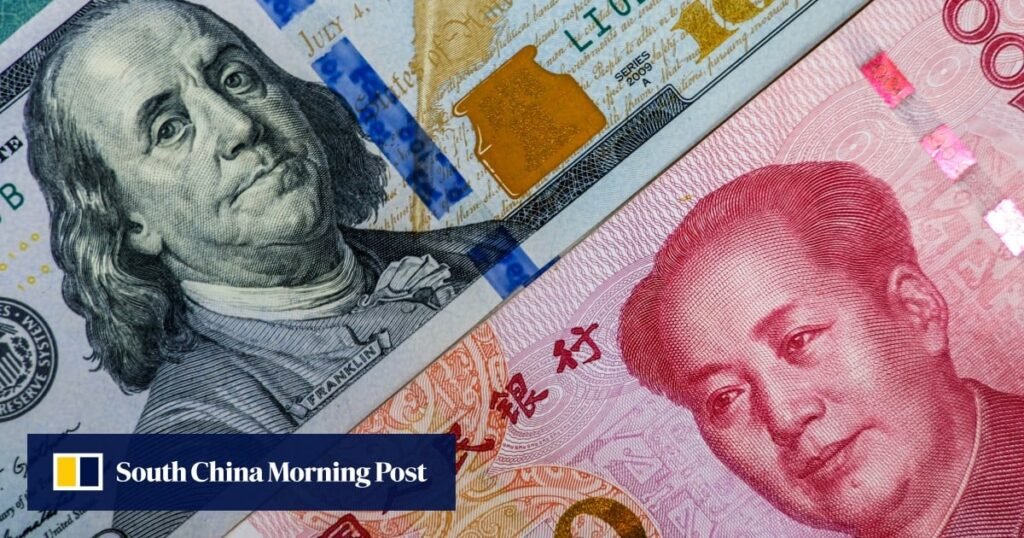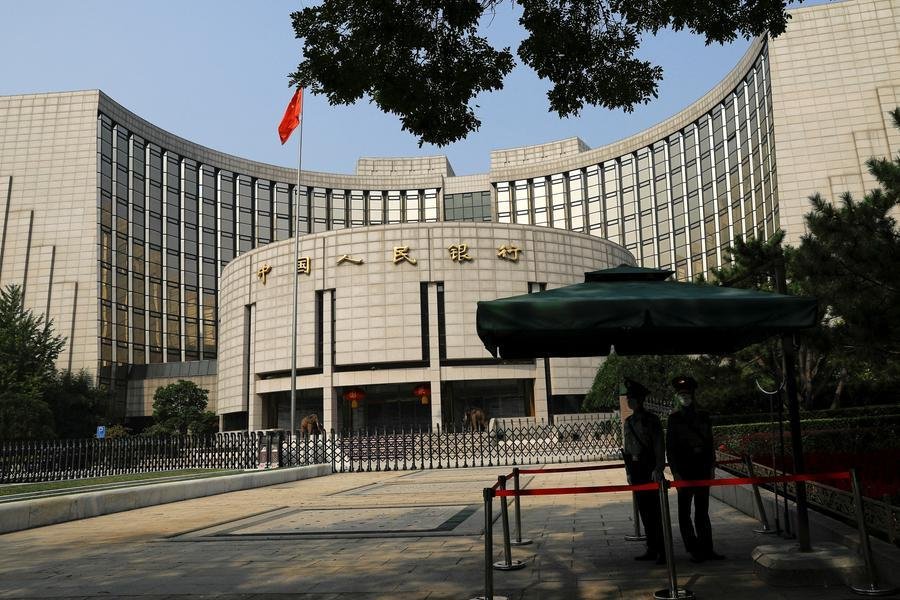China’s central bank set a stronger-than-expected fixing rate for the yuan against the US dollar on Wednesday, signalling that China does not plan to offset the impact of US tariffs by allowing its currency to weaken.
The People’s Bank of China set the fixing rate for the yuan at 7.1693 per US dollar on Wednesday, compared with the 7.1698 rate it set in late January.
The fixing rate – also known as the midpoint rate – plays a crucial role in determining the onshore yuan’s exchange rate, as the PBOC only allows trading to rise or fall up to 2 per cent above or below its set rate each day.
Many analysts had expected the PBOC to set a lower rate for the yuan this year, as a weakening of the Chinese currency would mitigate the impact of US tariffs on Chinese exporters. The US government raised duties on Chinese imports by 10 per cent on Tuesday.
“Today’s fixing rate was set stronger than market expectations. This sends a signal that China is unlikely to counter the impact of tariffs through yuan depreciation,” said Ding Shuang, chief Greater China economist at Standard Chartered Bank.
“The trade negotiation between China and the US hasn’t started. Setting a strong fixing rate could contribute to a good negotiation atmosphere, as the US does not want the yuan to depreciate sharply either.”







